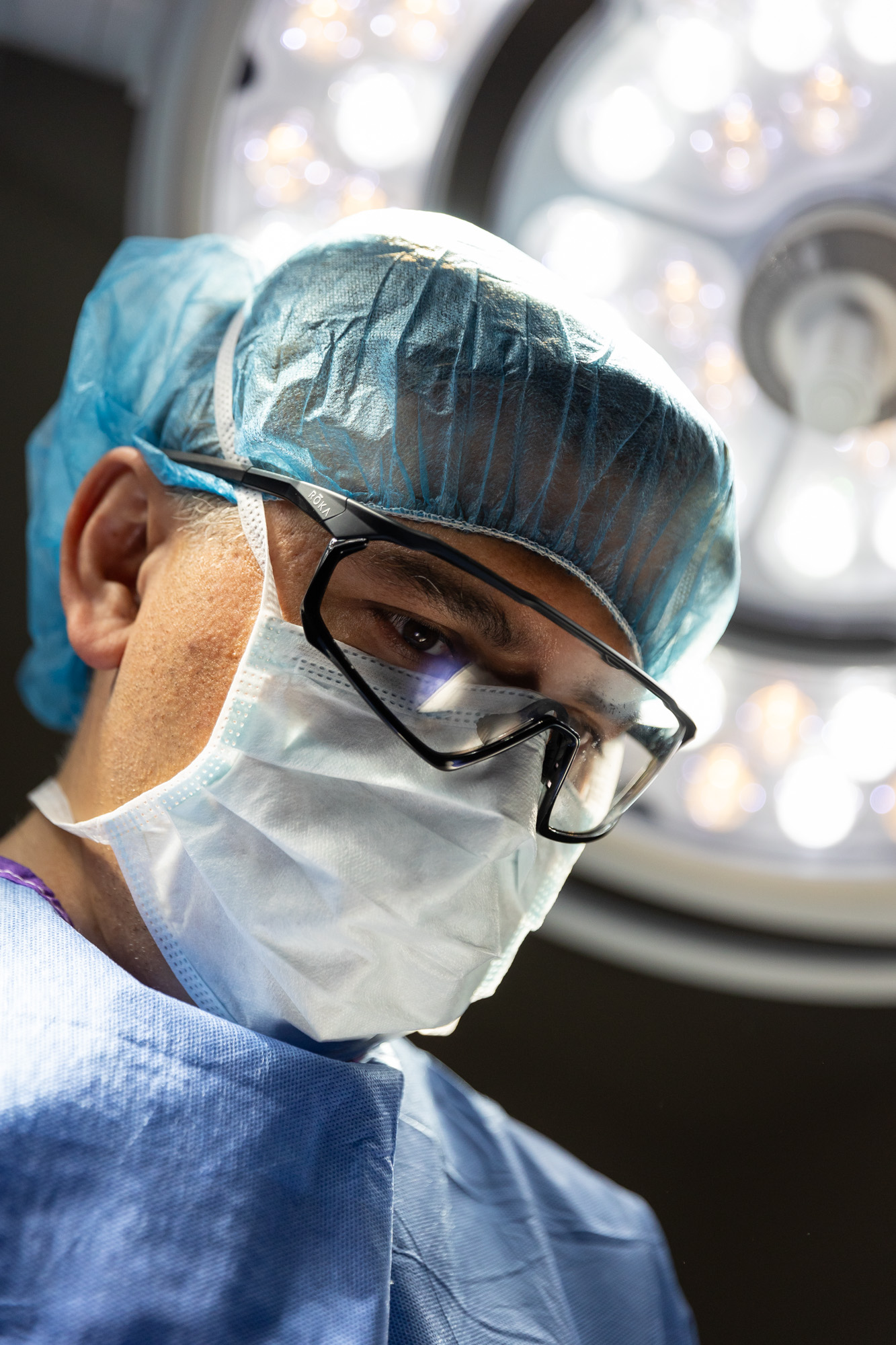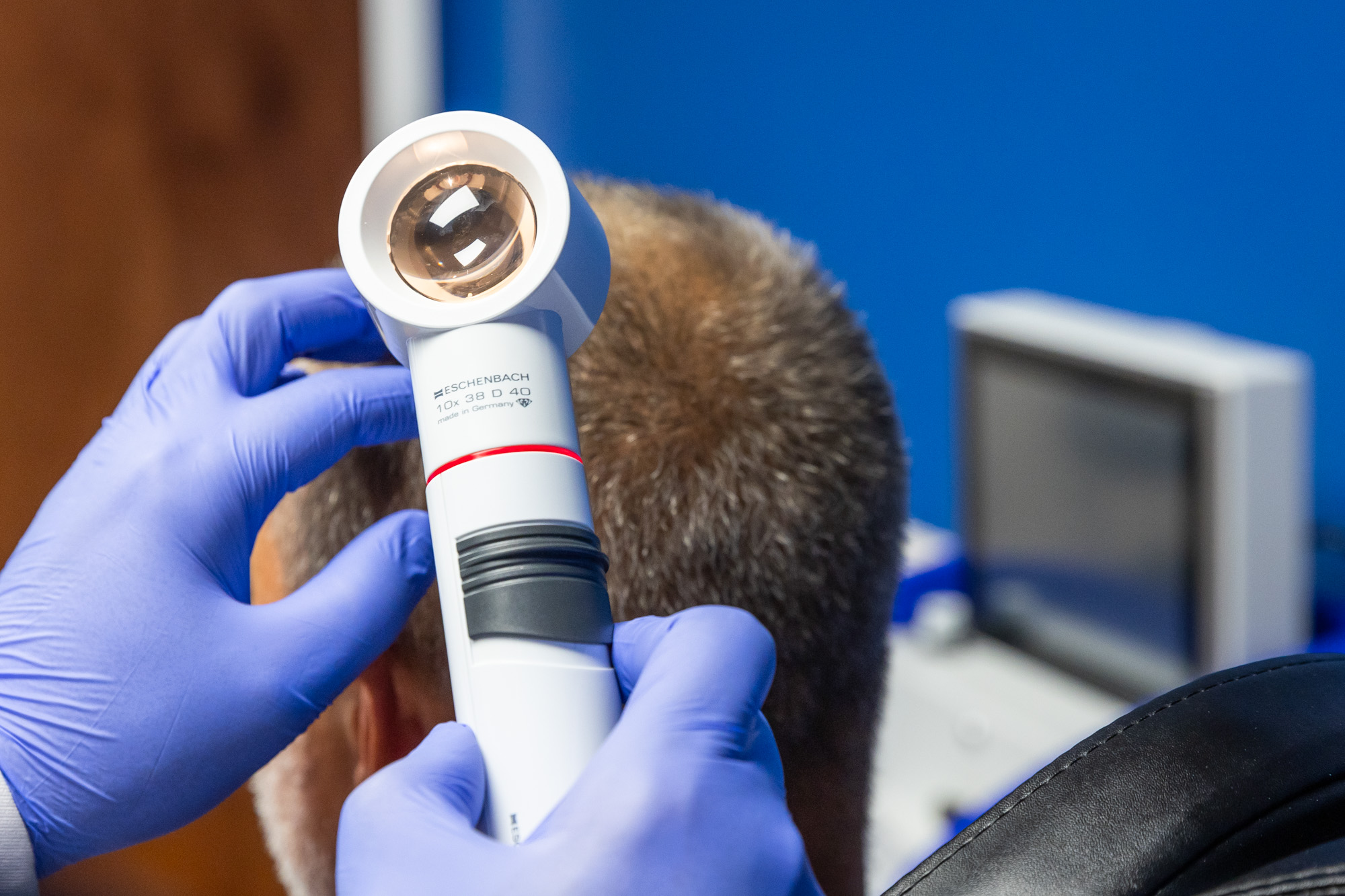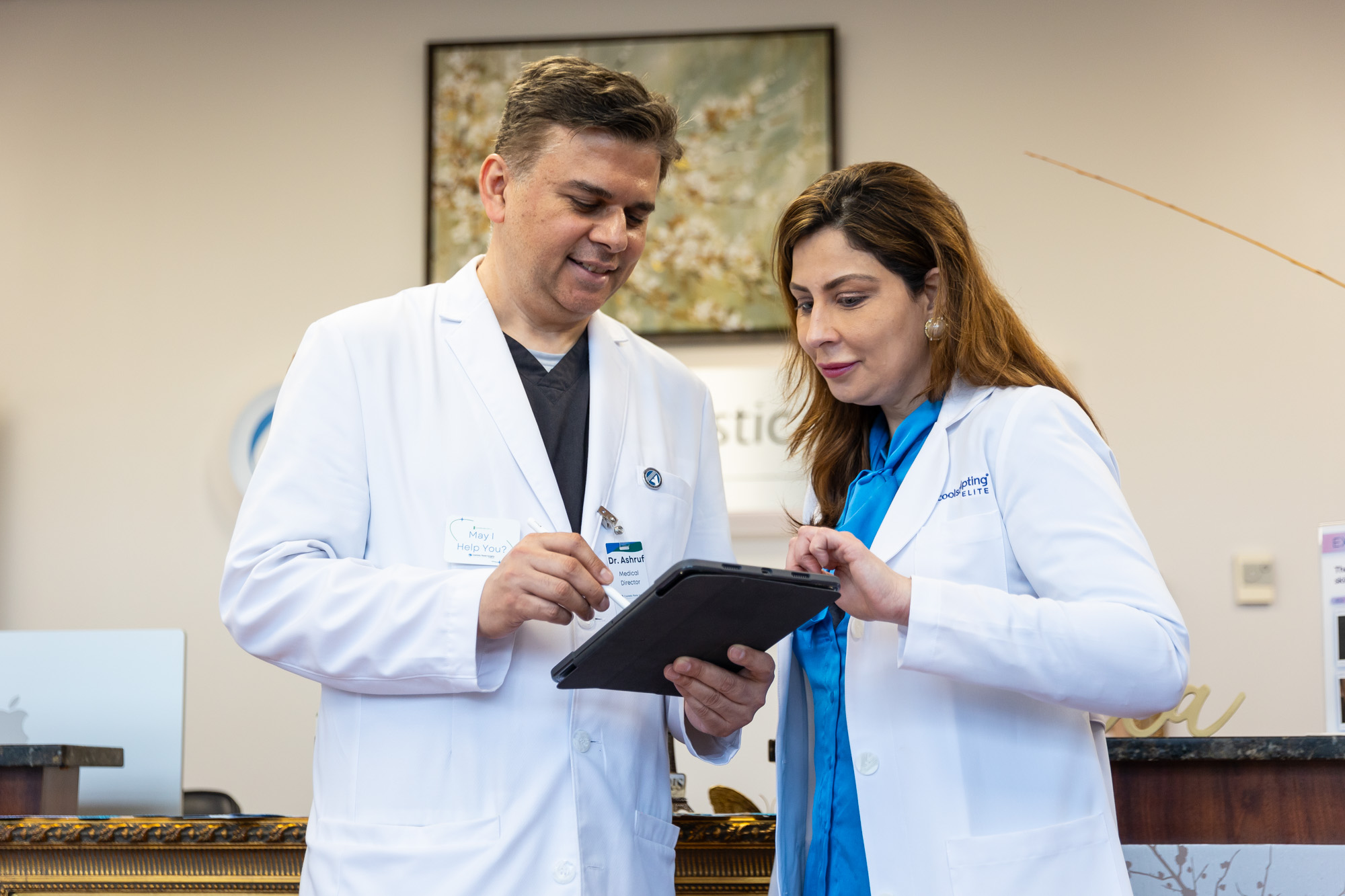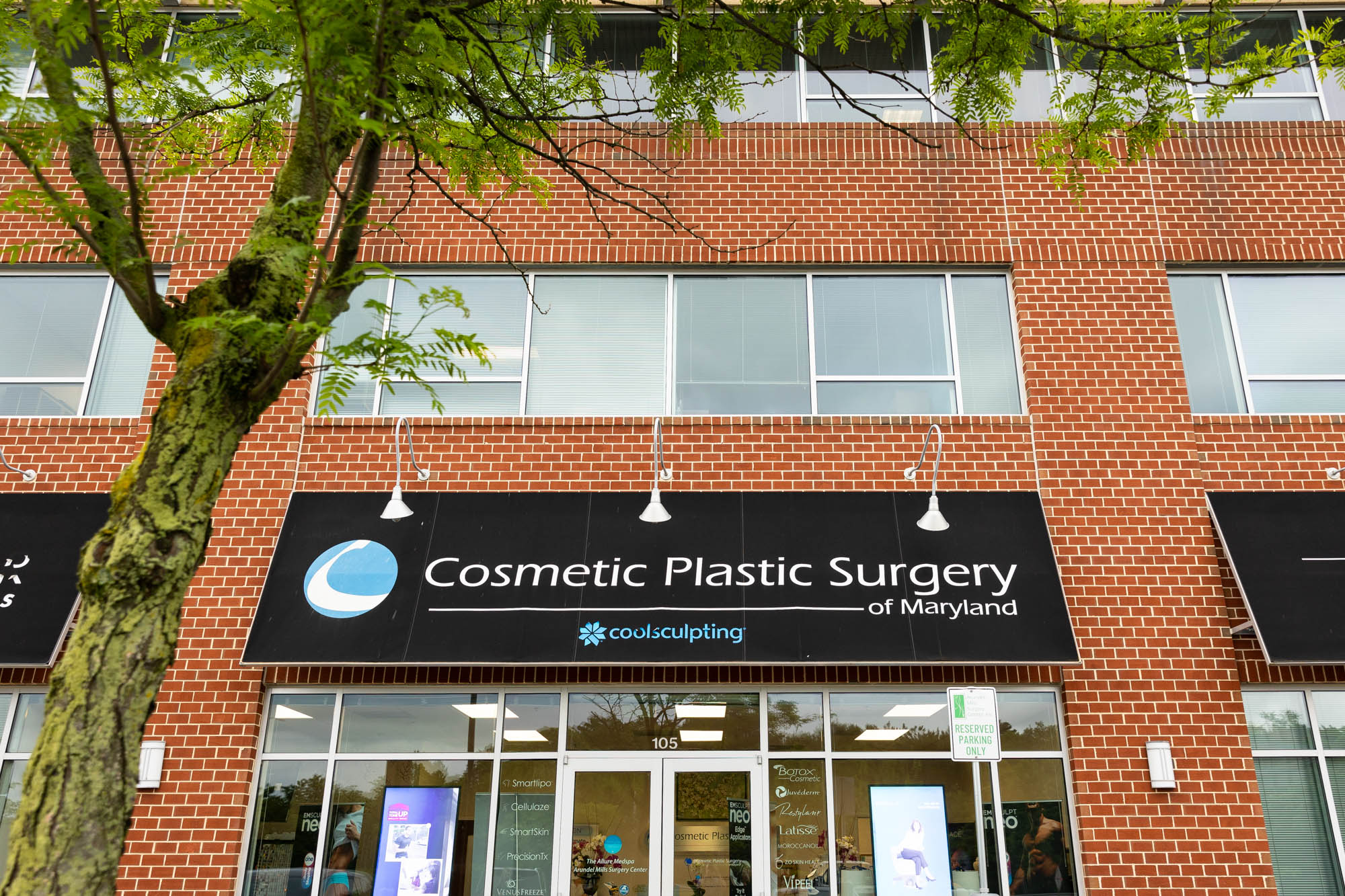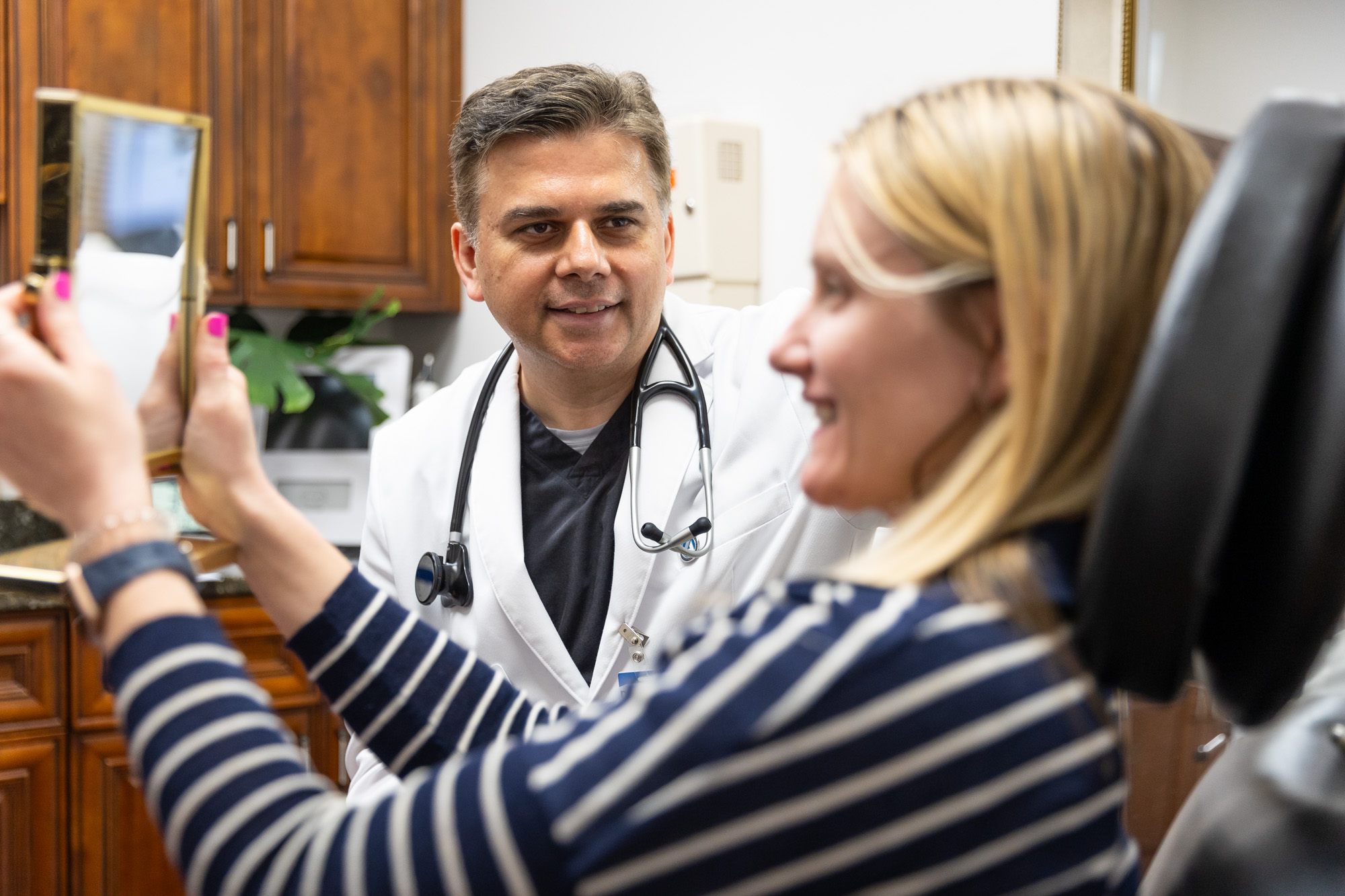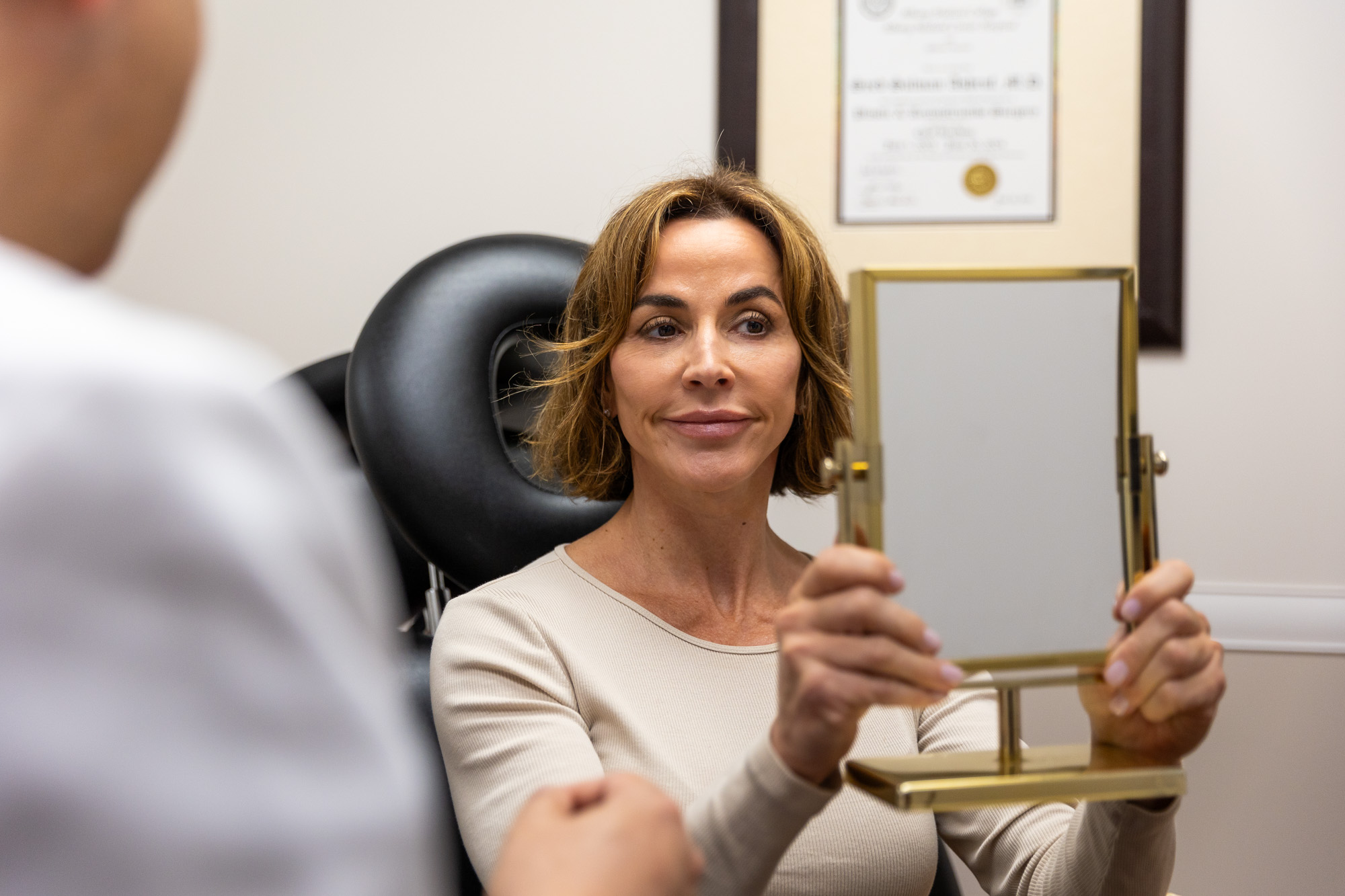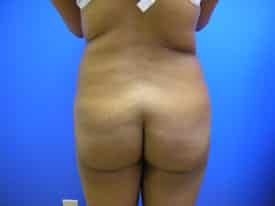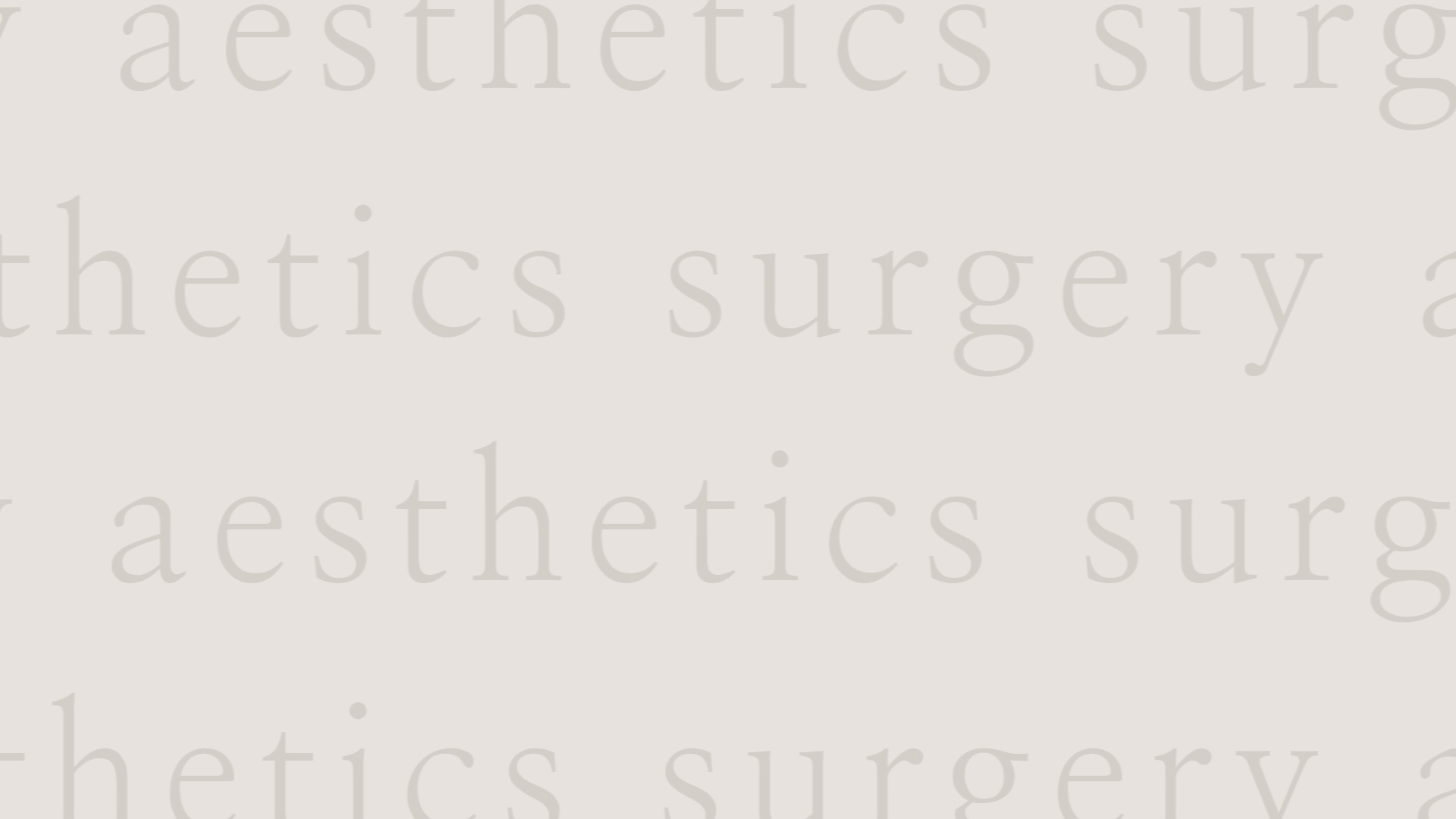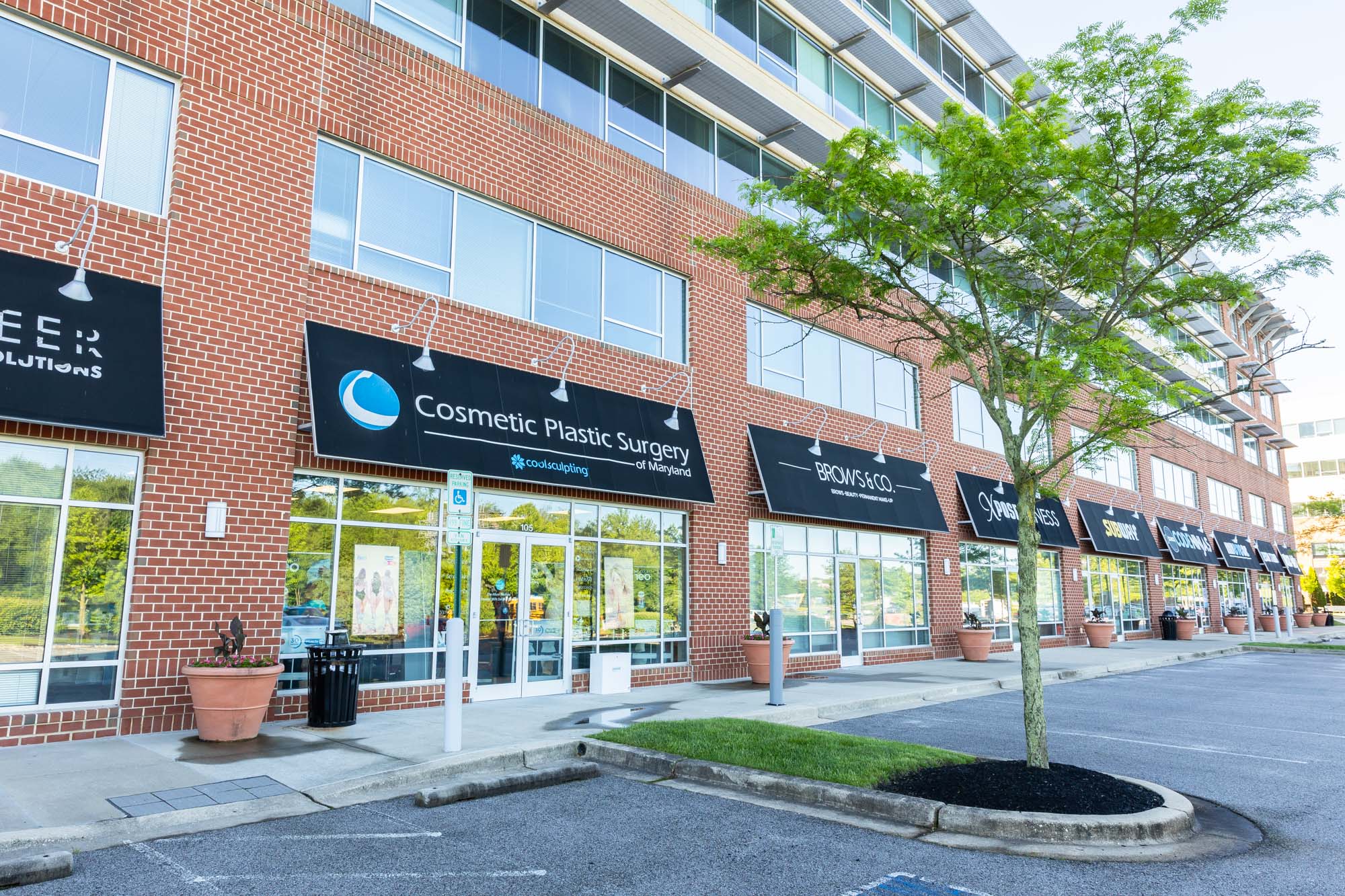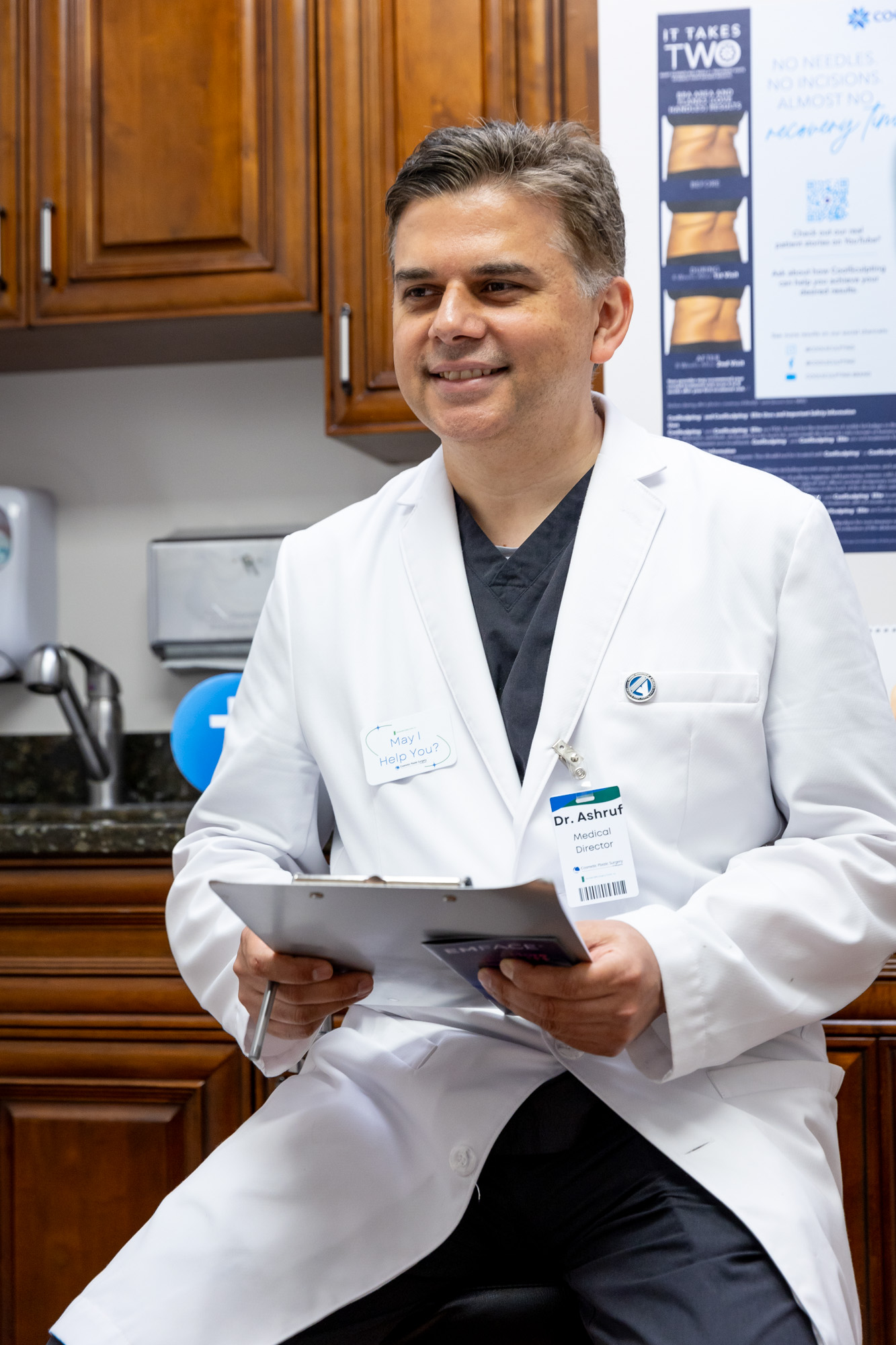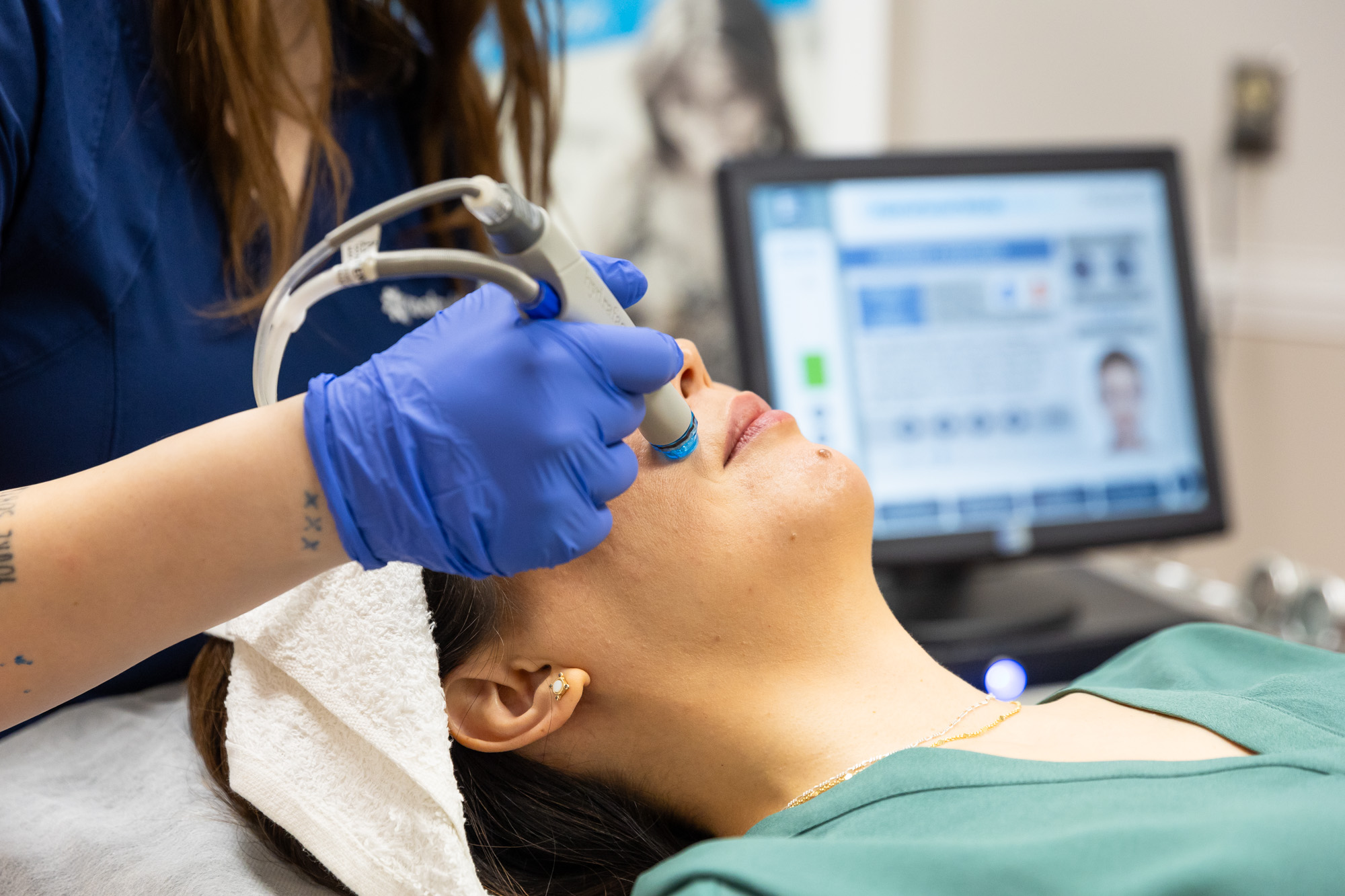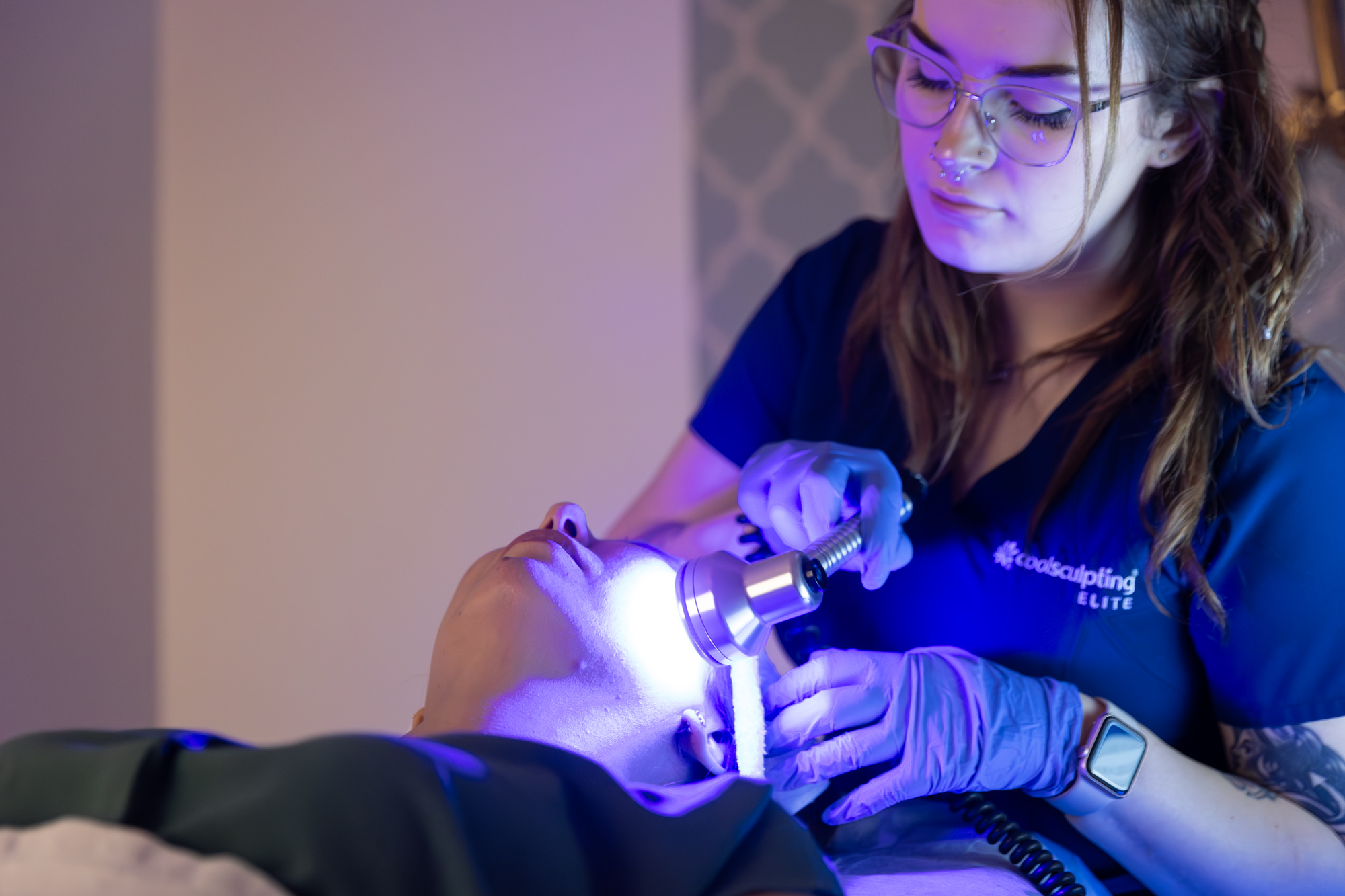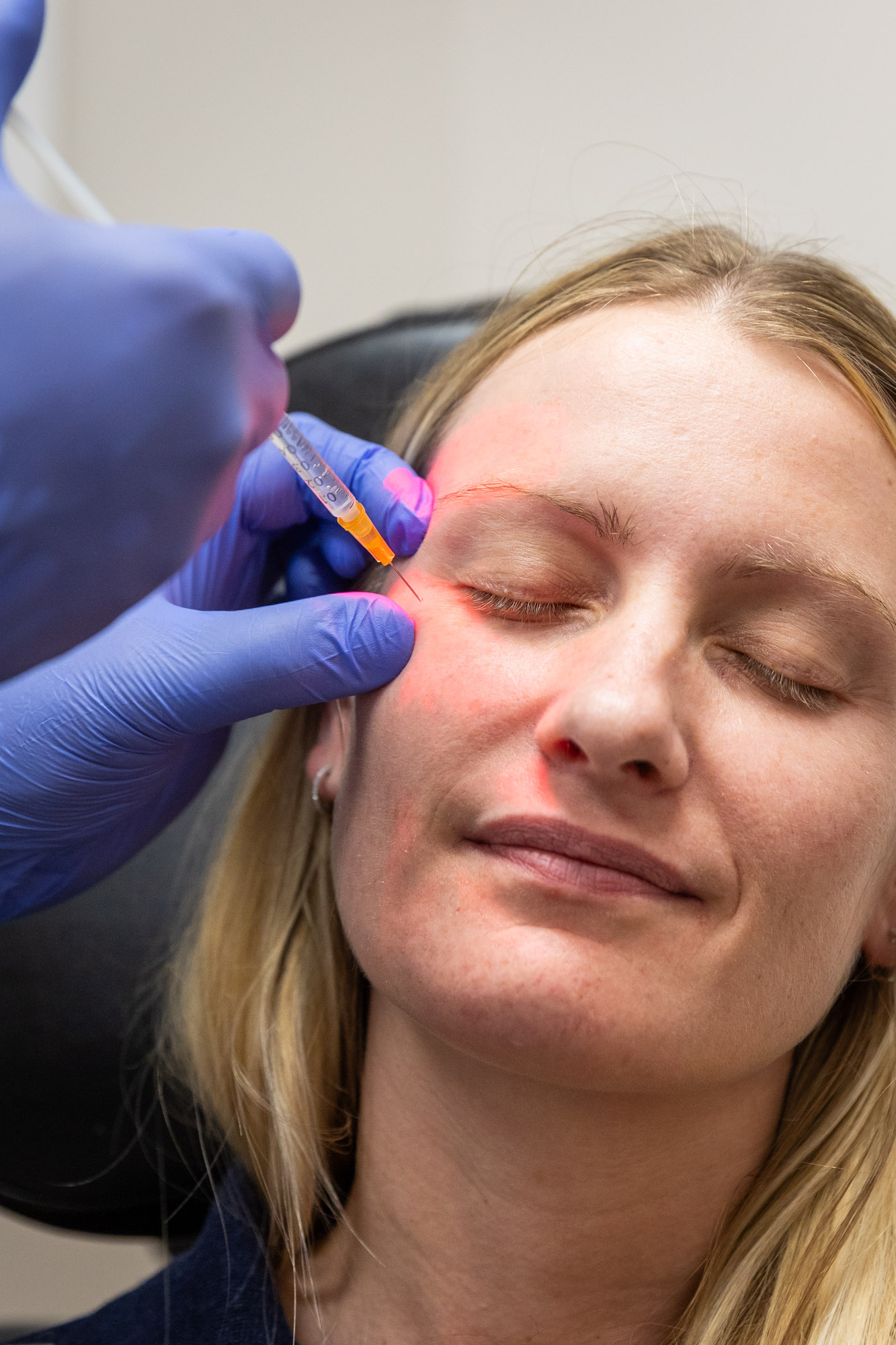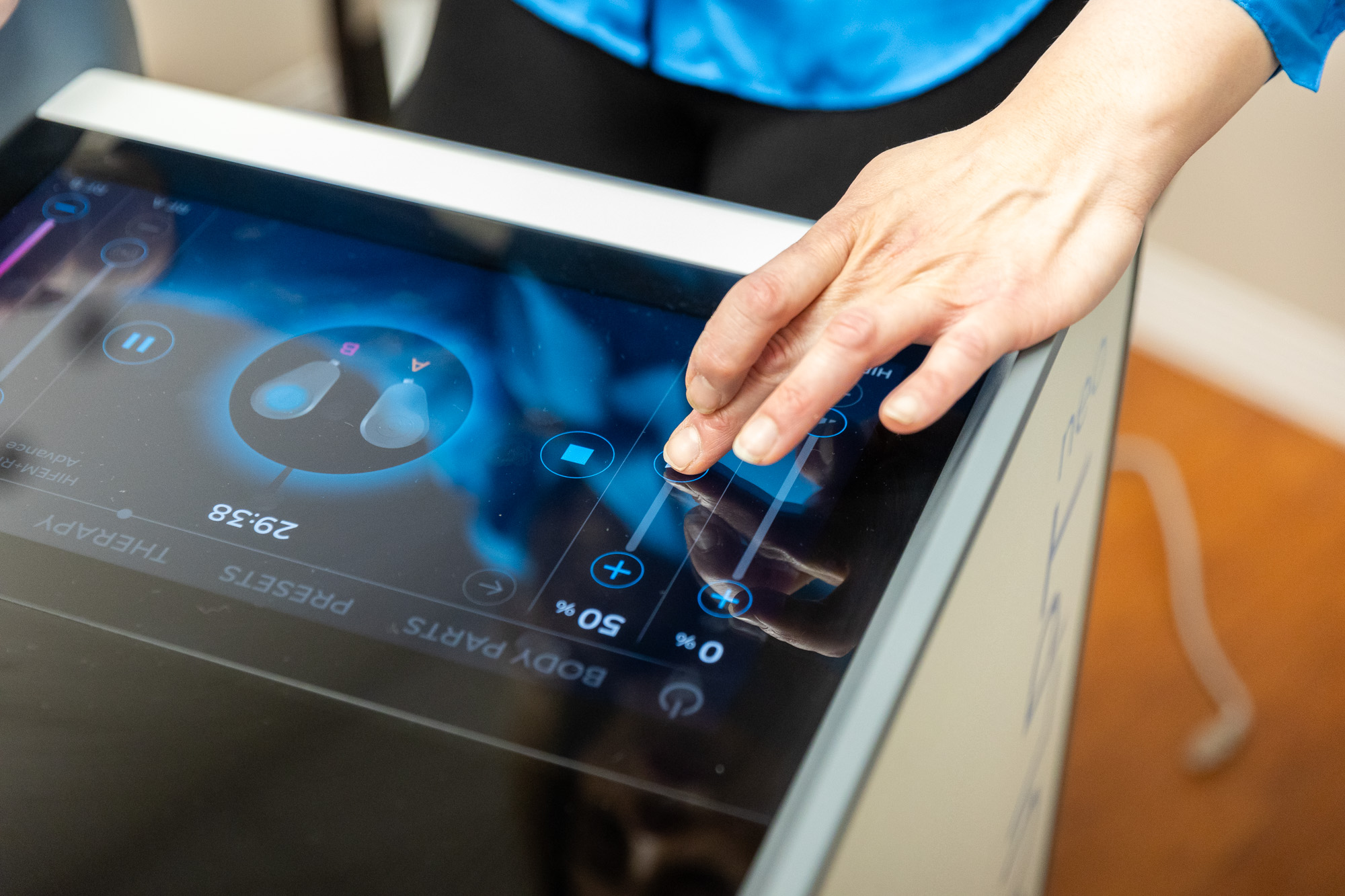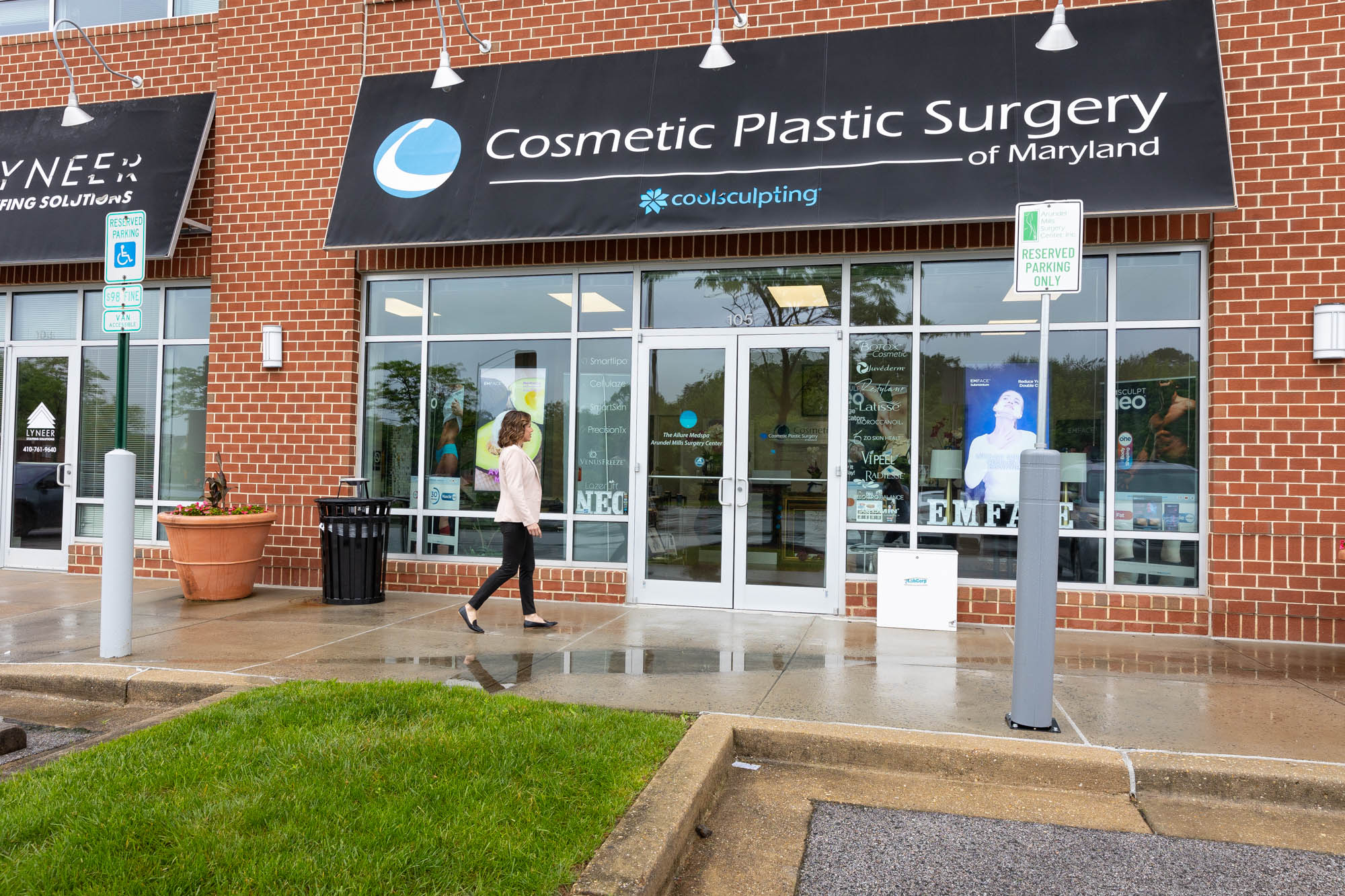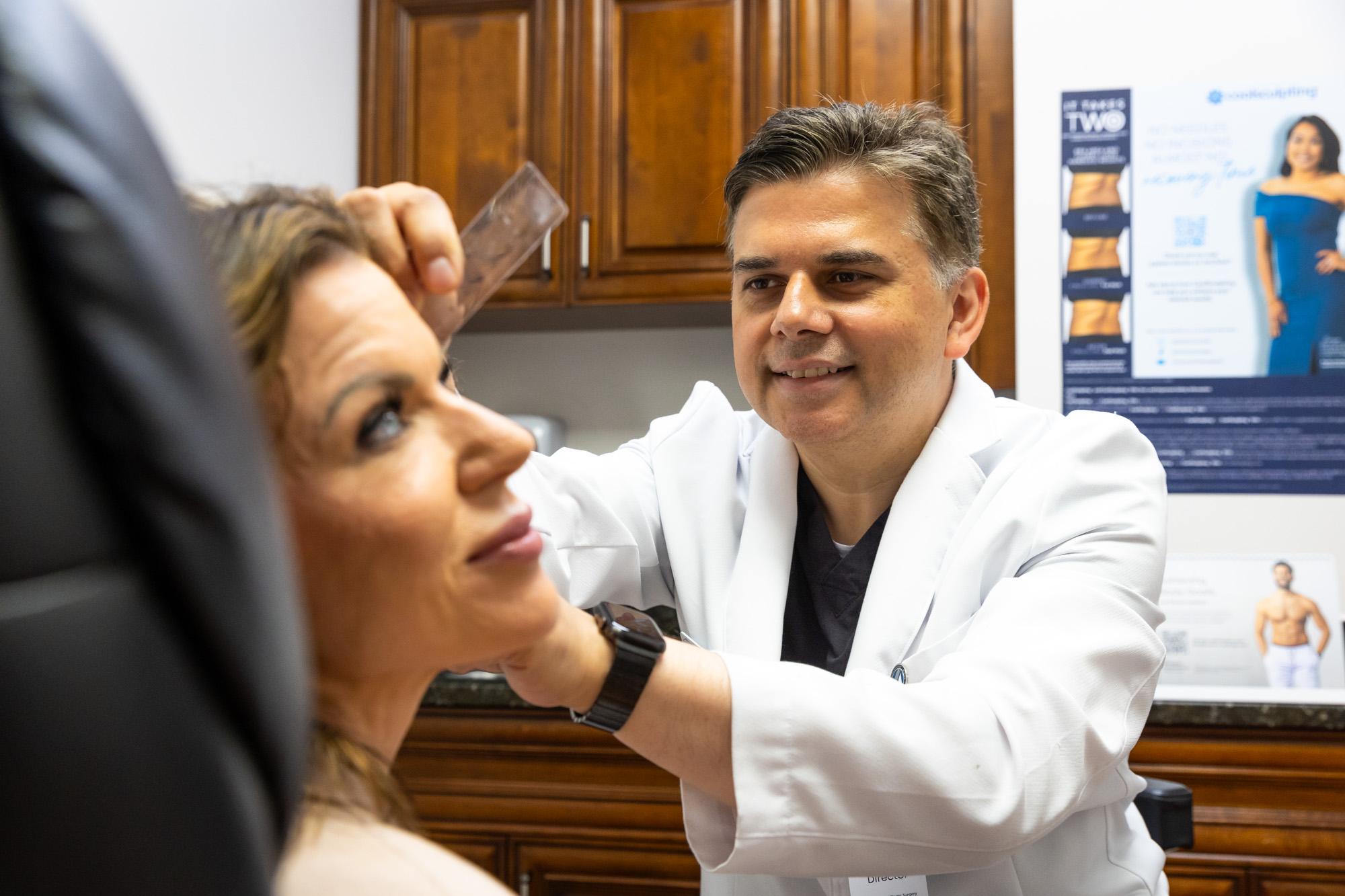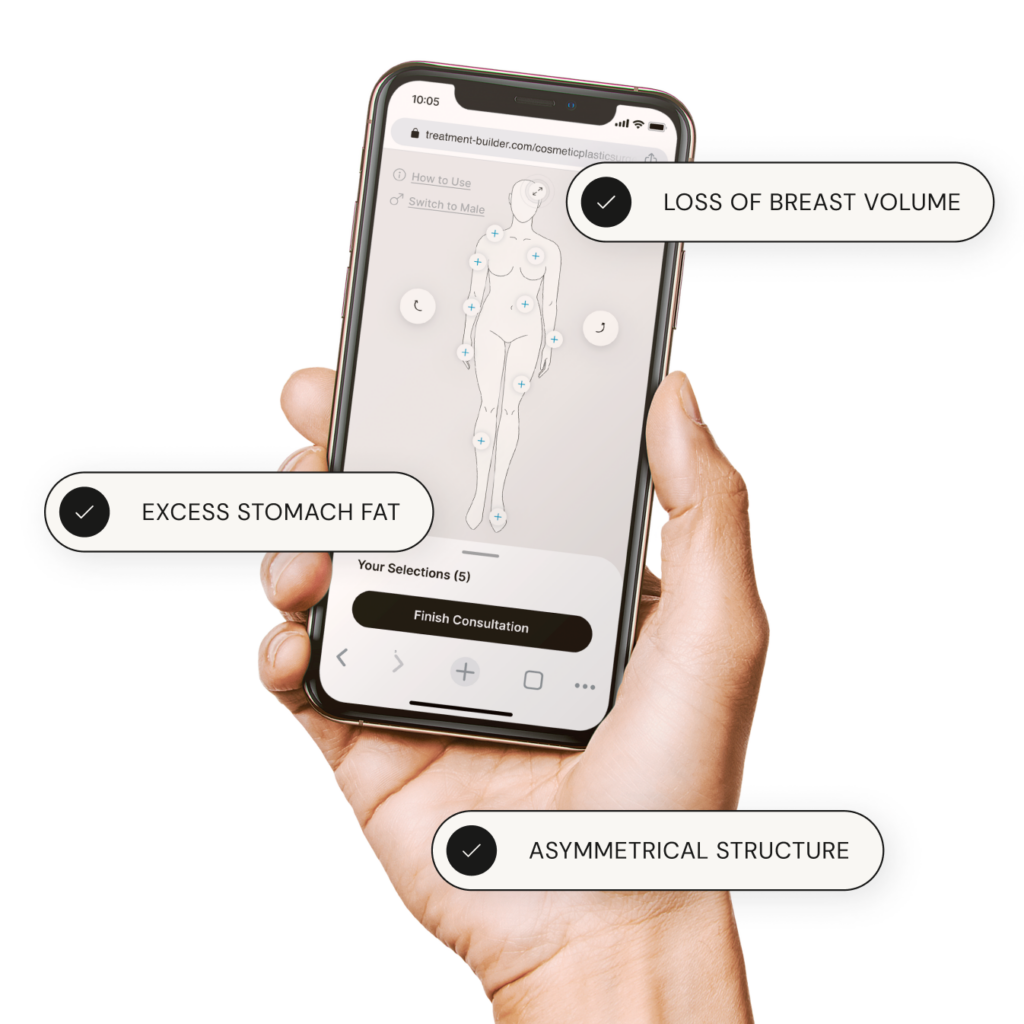An ear surgery in Baltimore can treat the following conditions:
Macortia: Ears that are visibly oversized in comparison to the rest of the head.
Microtia: Ears that are severely underdeveloped due to congenital defects. In extreme cases, the pinna (a cartilaginous support structure) of the ears may be completely missing.
Constricted Ear: The support structures at the top of the ears and the pinna are underdeveloped or completely missing, leaving the ear appearing folded.
Cauliflower Ear: A deformity where repeated injury and trauma to the ears have caused them to appear puffy and resemble a cauliflower, commonly found in wrestlers and boxers.
Cleft Earlobe: The lower, fleshy portion of the earlobe appears misshaped or may be missing sections due to trauma.
Cryptotia Ears: Patients with cryptotia ears have ears where the outer rim of the ear is concealed under the skin or attached to the side of the head.
